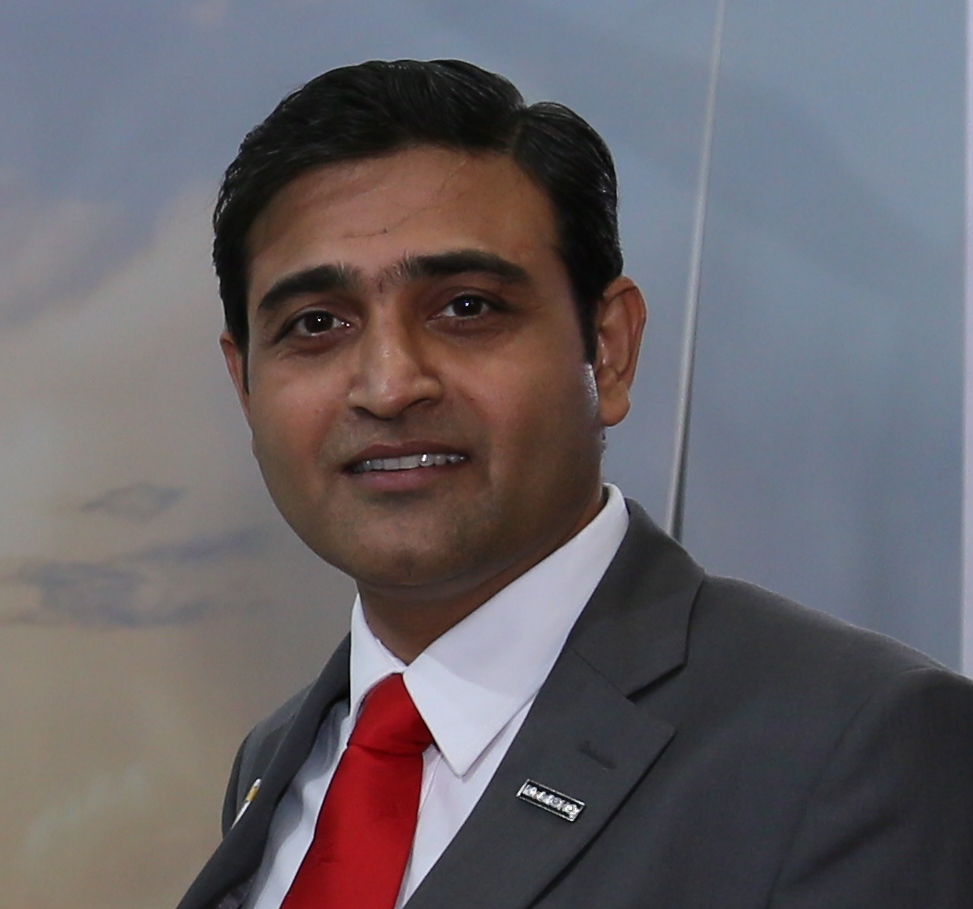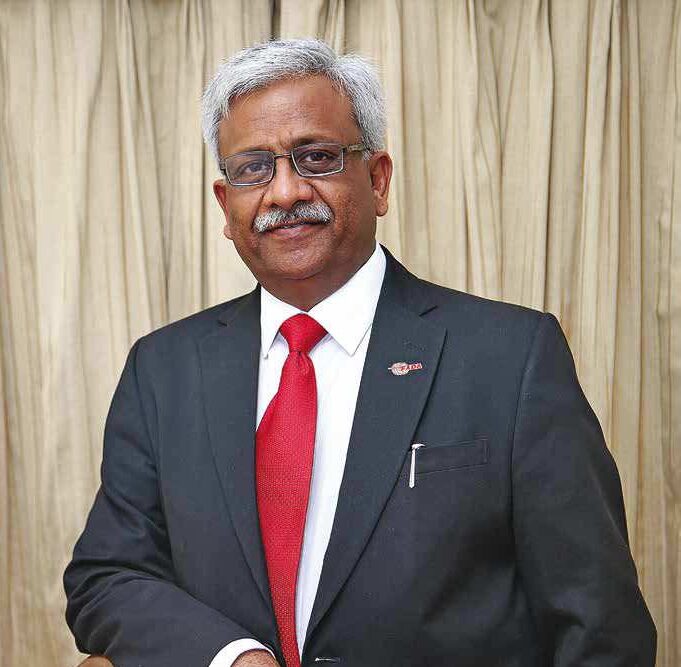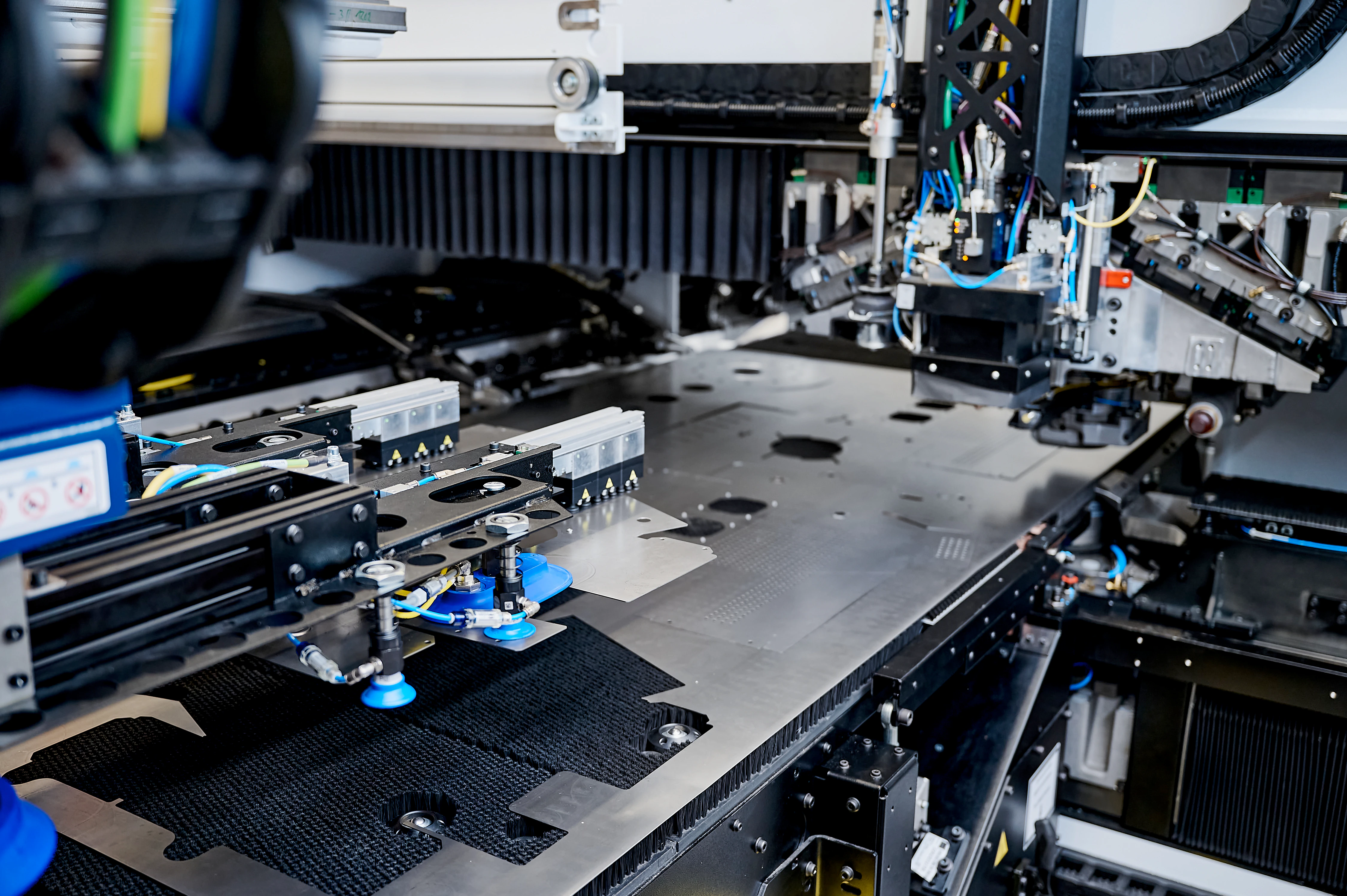Augmenting Business Processes Through Hyper-automation

The largest offshore development centre for Bosch worldwide, RBEI is excited about what hyper-automation can help achieve. Let’s learn more.
The new power-phrase in the industrial town is hyper-automation. Also known as intelligent automation, it is deployed to augment business processes achieved through the combination of industry 4.0 technologies like IoT, AI, and ML. DMI’s Aradhita Srivastava recently interacted with Gururaj Bhat, Intelligent Automation – Department Head at Robert Bosch Engineering and Business Solutions (RBEI) to know more about the concept and its advantages.
RBEI is the largest offshore development center for Bosch worldwide. In India, Bosch is a leading supplier of technology and services in the areas of Mobility Solutions, Industrial Technology, Consumer Goods, and Energy and Building Technology. Through hyper-automation, RBEI targets to achieve 30-40 percent savings by 2023. Presenting, the Q&A.
What is hyper-automation? How is it different from automation?
According to Gartner, hyper-automation or intelligent automation is an “end-to-end automation beyond robotic process automation (RPA) achieved by combining complementary technologies to augment business processes.”
In manufacturing, physical robots or IOT based solutions (I4.0 based solutions) are used to bring in standard automation while hyper-automation focuses on automating processes such as supply chain, procurement, logistics, finance, etc. Hyper-automation is a fitting response to the digital ambitions of an organization as it works as a superset of automation, which brings with it a cognitive ability to identify processes and then build intelligence to evaluate and automate these processes effectively.
What are the business outcomes that RBEI is looking to achieve when it creates a digital twin of the organization through hyper-automation?
RBEI targets to achieve 30-40 percent savings by 2023 through hyper-automation apart from improved productivity, better customer and associate experience, peak-load management, improved quality, and knowledge retention.
One of the many challenges of hyper-automation is that it may sacrifice customer experience and satisfaction at times during implementation. How does RBEI plan to deal with this?
As part of assessment methodologies, the automation consulting and the advisory team takes care of designing the automated process while keeping in mind user experience (UX). This is then approved by the client before development, ensuring that the user experience is enhanced. Additionally, we consult the business on how automation elevates and does not eliminate jobs. The other aspect is to provide a support facility to the process owners so that they can seamlessly adapt the change in terms of both business and mindset perspectives.
How does RBEI plan to have an enterprise-wide strategy for intelligent automation?
Enterprise-wide digital transformation is the vision that Bosch and RBEI have been working towards since 2017. There have been rapid strides made and RBEI has transformed from an automation service provider to an automation knowledge partner providing scalable automation solutions to a number of international customers.
Boschadopts a federated approach with Centre of Competence for Intelligent Automation (CoC-IA) which acts as a central governing body (also defines strategic objectives, KPIs, community hub, training, etc.)for hyper-automation across Bosch coupled with region/business unit specific Centre of Excellence(CoE) that drives process transformation and ensures adoption of strategic objectives in their respective unit.
CoEs are enabled with the right automation technologies, processes to implement automation, and consultative approach to digital transformation initiatives. Starting off with discovery workshops to find the most beneficial processes for automation and creating solution design for the same, operational excellence aims to standardize the build operations ensuring all the guidelines and best practices are shared across the CoEs.
Additionally, RBEI has built its own AI-based Bosch automation platform (BAP.ai) with a rich portfolio of cognitive solutions acceleratingEnd-to-End automation deployment.
How does RBEI plan to bridge the gap in technical skills of the workforce and the Industrial revolution 4.0 that is based solely on the automation of traditional manufacturing and industrial practices?
RBEI has developed a three-step strategy that gives the necessary impetus to the workforce in educating and adopting automation tools and techniques:
Step 1: Build digital awareness: This involves conducting awareness sessions/training to the workforce through organization-wide training delivered via web
Step 2: Build digital competency: Aimed for digital pioneers to anchor the digital initiatives
Phase 1: Conducting survey before training, capturing parameters, and seeing the overall digital awareness status
Phase 2: Based on roles and interest, providing training, deep dive on RPA, GUI automation, like- Generic awareness and Specific awareness to conduct digital awareness
Step 3: Building a pipeline of actionable learning projects.Conduct workshops for each business area for example Finance, Ops, HR, Logistics, etc. Several ideas in the form of use cases emanated out of these workshops. The ideas and use cases, which give the highest business benefits, were shortlisted.
Digital pioneers were allocated to these use cases. RBEI is the implementation partner who was instrumental in executing the projects and has already executed 7-8 use cases with several in the pipeline.
How can hyper-automation enable end-to-end automation of the company?
Hyper-automation can be applied to all business areas in an enterprise. To quote an example, at RBEI, for a service desk hyper-automation, the end-users are given a smart assistant for self-help resolutions, service agent executes are given automated scripts/RPA for ticket resolution while end-to-end ticket creation to resolution is orchestrated using AI. In this example, complimenting technologies like chatbots using NLP, Recommendation Engine, RPA/ITPA are combined to give a holistic & seamless experience to end-user.





